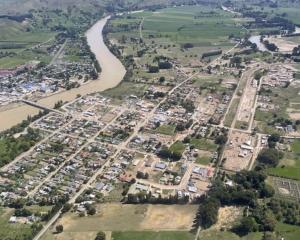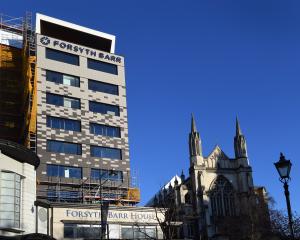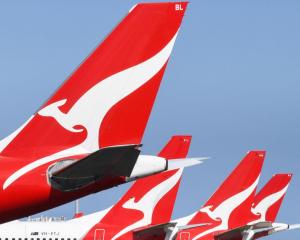Salary and wage rates increased by 0.5 per cent in the September quarter, and by 1.9 per cent in the September year, according to Statistics NZ's (SNZ) labour cost index (LCI).
Salary and ordinary time wage rates in the private sector increased 2.1 per cent in the year to September. Public sector rates were up 1.4 per cent, down from 1.6 per cent in the year to the June, SNZ said today (Tue).
The latest annual wage rate growth in the public sector resulted from increases in the central government sector and local government, SNZ said
The mean increase for all surveyed salary and wage rates that rose in the September 2012 quarter was 3.1 per cent, compared with 3.6 per cent in the June 2012 quarter. The latest mean increase is the lowest since a 3.1 per cent increase in the March 2011 quarter.
Results from the SNZ's Quarterly Employment Survey (QES) showed that average hourly earnings for ordinary time rose by 2.8 per cent in the year to the September. This followed a rise of 2.9 per cent in the June year.
The QES results also showed subdued demand for labour in the September quarter, as seasonally adjusted employment and paid hours remained relatively unchanged.
The LCI tracks nearly 6000 jobs and reflects changes in the rates that employers pay to have the same job done to the same standard.
The QES surveys about 18,000 business locations and reflects New Zealand employers' demand for paid labour.
ASB Bank said both indices came in very close to expectations, showing moderate rates of wage and employment growth.
"Labour cost growth has been very stable for the last couple of years, with the LCI increasing by about 2 per cent year on year, and that has continued in the latest quarter," ASB said.
The bank expects the Canterbury rebuild to place some upward pressure on labour costs and wages over the coming year.
ASB expects Thursday's September quarter jobs data to show employment growth of 0.3 per cent, which would take the unemployment rate down from 6.8 per cent to 6.6 per cent.












